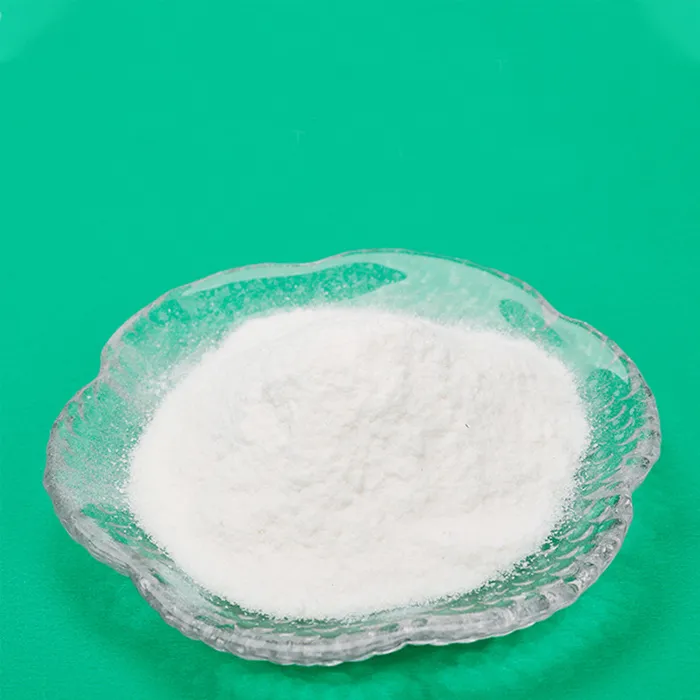An Overview of Well Water Treatment Chemicals
Access to clean and safe drinking water is essential for maintaining good health and supporting daily life. While many urban areas rely on municipal water systems, those who depend on private wells for their water supply face unique challenges regarding water quality. Well water may contain contaminants, both naturally occurring and man-made, necessitating the use of well water treatment chemicals. This article will explore the common types of contaminants found in well water, the types of treatment chemicals available, and their importance in ensuring water safety.
Common Contaminants in Well Water
Well water can often be tainted with a variety of microorganisms, minerals, and chemicals that pose health risks. The most commonly identified contaminants include bacteria, nitrates, heavy metals, and volatile organic compounds (VOCs).
1. Microorganisms Pathogenic bacteria such as E. coli and coliforms can enter the water supply through surface runoff or poor sanitation practices. These bacteria can lead to gastrointestinal illnesses if ingested. 2. Nitrates Often leaching from fertilizers or animal waste, high levels of nitrates can be particularly harmful to infants, leading to a condition known as blue baby syndrome (methemoglobinemia), which affects the ability of blood to carry oxygen.
3. Heavy Metals Contaminants such as lead, arsenic, and mercury can be naturally occurring or the result of industrial activities. Long-term exposure to these metals can result in serious health issues, including neurological disorders and cancer.
4. Volatile Organic Compounds (VOCs) These compounds may be present due to agricultural runoff, industrial discharges, or leaking underground storage tanks. VOCs can lead to various health complications, including respiratory problems and liver damage.
Types of Well Water Treatment Chemicals
To combat these contaminants, a variety of treatment chemicals can be employed depending on the specific problem.
1. Chlorination One of the most common methods for disinfecting well water, chlorination effectively kills bacteria and viruses. Chlorine is added directly to the water, providing residual disinfection throughout the distribution system.
well water treatment chemicals

2. Oxidizing Agents Chemicals such as potassium permanganate and hydrogen peroxide are used to treat iron and manganese, as well as to oxidize a range of organic and inorganic pollutants. These agents help precipitate out solids, making them easier to filter.
3. Ion Exchange Resins This process is primarily used for softening water and removing heavy metals. Ion exchange systems replace undesirable ions (like calcium and magnesium) with more benign ones (like sodium) through a chemical reaction that occurs as water passes through resin beads.
4. Reverse Osmosis (RO) Systems While not a chemical per se, RO systems employ membrane technology to remove a range of contaminants, including dissolved solids, heavy metals, and VOCs. This method is often used in residential settings for its effectiveness.
5. pH Adjusters Chemicals such as sulfuric acid or sodium hydroxide are used to correct water pH levels. Maintaining optimal pH is vital because acidic or alkaline water can lead to corrosive problems in plumbing systems or affect the efficiency of other treatment processes.
Importance of Regular Testing and Treatment
To ensure the quality and safety of well water, regular testing is crucial. Homeowners should periodically check for contaminants, especially if there are changes in taste, odor, or color. The Environmental Protection Agency (EPA) recommends testing for total coliform bacteria, nitrates, and any specific contaminants of concern based on local conditions.
Once contaminants are identified, appropriate treatment chemicals can be applied to mitigate their effects. Implementing these treatments not only protects public health but also preserves the integrity of plumbing systems and appliances.
Conclusion
Well water treatment is an essential aspect of maintaining safe drinking water, especially for those reliant on private wells. By understanding common contaminants and the corresponding chemicals used for treatment, well owners can take proactive steps to ensure their water remains clean and safe for consumption. Through regular testing and proper chemical applications, we can protect ourselves and our families from the potential hazards associated with contaminated well water, promoting better health and well-being.

